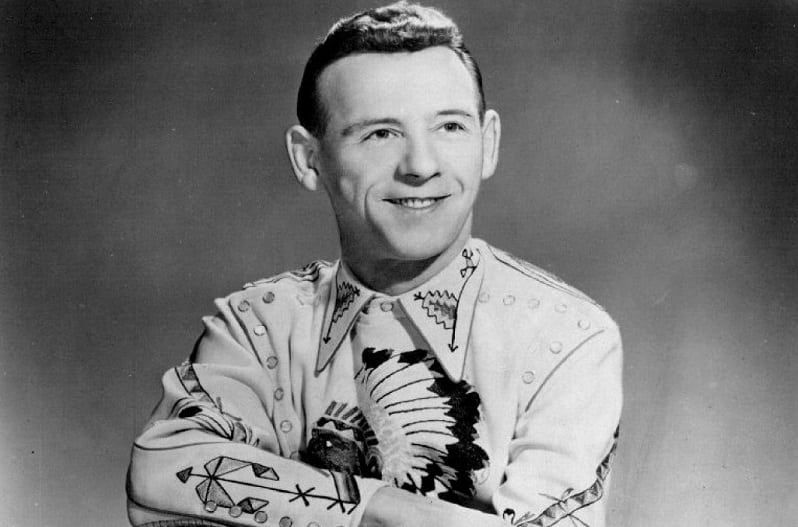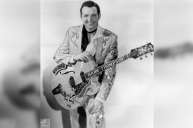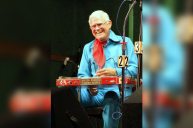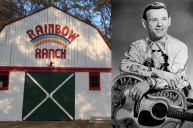Decades before country singer/songwriter Shania Twain forever changed financial expectations for crossover stars, Hank Snow set the standard for Canadian artists with their sights on crashing the American country charts.
Videos by Wide Open Country
The Hank Snow story starts like anyone else from humble beginnings: Clarence Eugene Snow was born on May 9, 1914, in Queens County, Nova Scotia's Brooklyn community. After a tough upbringing and nightmarish family life, Snow began applying his guitarist skills and his love of 78 RPM records by Vernon Dalhart and Jimmie Rodgers to minstrel shows and radio shows with his wife Minnie.
Canadian Star Turned Instant Opry Legend
After nearly a decade performing in Canada and recording for the Montreal wing of RCA's Bluebird imprint, Snow moved to Nashville in 1945. Dubbed both "Hank, The Yodeling Ranger" and "The Singing Ranger," Snow fit right in with Ernest Tubb and other devotees of Rodgers. After the top ten success of Snow's debut American single "Marriage Vow" (1949), Tubb invited him to play at country music's mother church, the Grand Ole Opry.
To give you an idea of the show's influence, the next three singles after Snow's Opry debut--"I'm Moving On," "The Golden Rocket" and "The Rhumba Boogie"--all claimed the top spot on the Billboard charts.
Staying Power
Read More: You Can Spend the Night at Hank Snow's Ranch
Snow wasn't just an instant sensation, giving the honky-tonk years its own train-obsessed yodeler. Every single until 1968 cracked the top 50, with hits in the years to come including "(Now and Then There's) A Fool Such as I" (1952), "The Gold Rush is Over" (1954), the definitive recording of "I Don't Hurt Anymore" (1954) and "Ninety Miles an Hour (Down a Dead End Street)" (1963). Commercial success lasted until Snow's final No. 1 hit "Hello Love" (1974) arrived right before his 60th birthday. At the time, Snow (then 59 years, 11 months-old) held the record for the oldest singer with a chart-topper until 61-year-old Kenny Rogers' 1999 single "Buy Me a Rose" rewrote history.
Beyond churning out hits, Snow saw his great albums with RCA Victor and Camden as a means to tell fleshed-out stories. The 1959 sad song roundup When Tragedy Struck, the 1964 musical travelogue named for the singer's definitive recording of "I've Been Everywhere" and later collections of songs about Nova Scotia (1967) and the Yukon (1968) were early examples of country concept albums. Such releases still seem ambitious in what remains a singles-driven business.
He recorded albums as late as the mid-'80s, a time when Willie Nelson celebrated peers and idols with duets albums.
More Than a Yodeling Ranger
While it's easy to define Snow as a proto-honky-tonk crooner with songs about trains and travel, it's important to note that his ability and willingness to embrace other styles aided his career longevity. Like Marty Robbins, he's known for telling vivid traditional country stories, but those songs are just part of a well-rounded catalog of Hawaiian music celebrations and other eclectic offerings.
As the greatest Canadian country music export of his time, Snow's 1979 Country Music Hall of Fame induction made him one of the most deserving honorees since the inaugural 1961 class of Hank Williams, Jimmie Rodgers and Fred Rose. He died on Dec. 20, 1999 from heart failure at his Rainbow Ranch in Madison, Tennessee.




